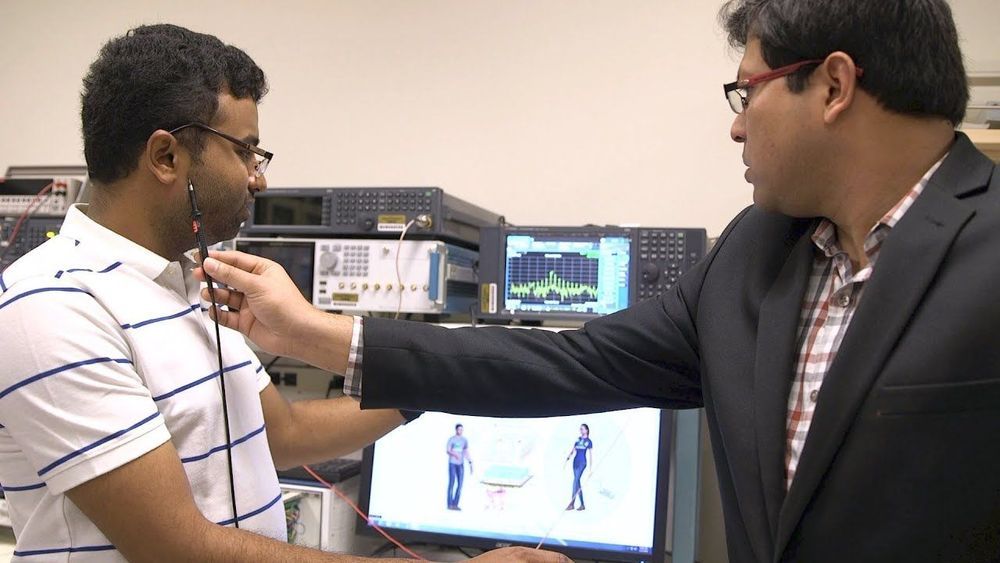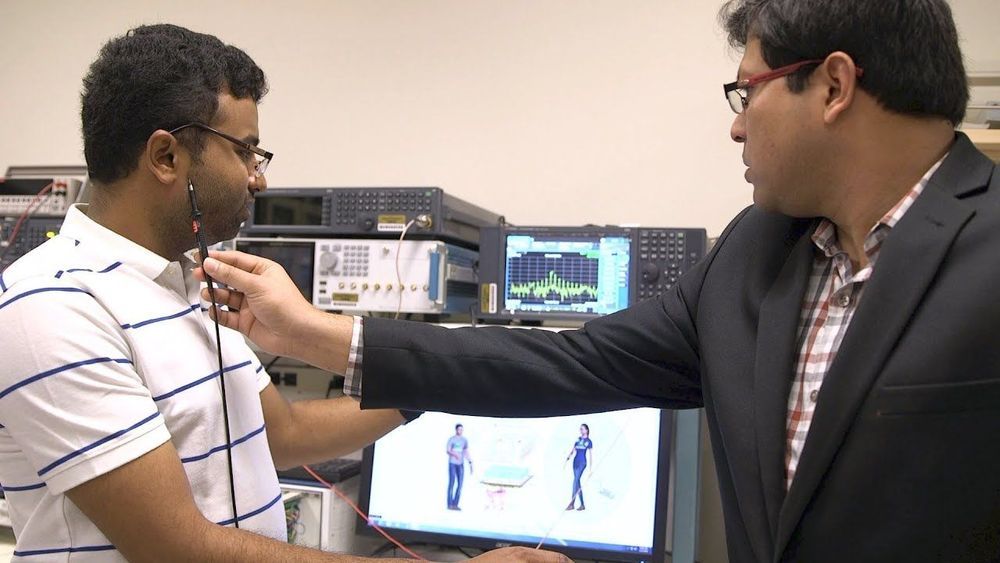Mar 22, 2019
A SETI Search of Earth’s Co-orbitals
Posted by Montie Adkins in categories: alien life, security
SETI for Bracewell probes? Yes please. Years ago Jill Tarter commented that looking for such probes would be worthwhile. These days we hear about Starshot, sending a fleet of lightweight probes to the nearest star within decades which brings into mind the obvious idea that maybe someone else did so long ago.
One objection to SETI is that it is not falsifiable — there is no point at which a lack of signals can prove that extraterrestrial civilizations do not exist. But there are some aspects of SETI that can be falsifiable. Consider a class of objects near enough for us to investigate not only with listening efforts but with probes, one small enough to be thoroughly covered, and one most people know almost nothing about. Could these offer a listening post for ‘Bracewell probes,’ a way of watching the development of our culture and reporting home to ETI? And if so, could we combine SETI with METI to advance both disciplines without compromising our own security?


















